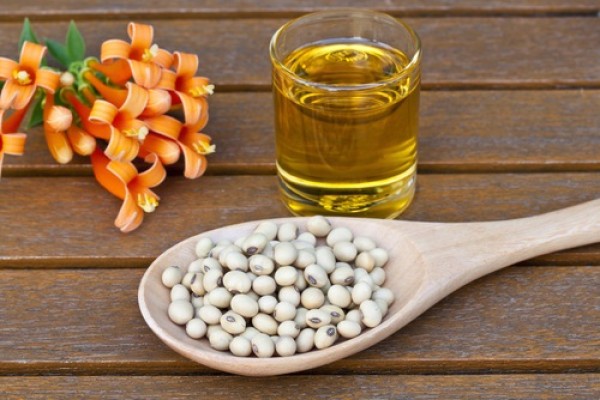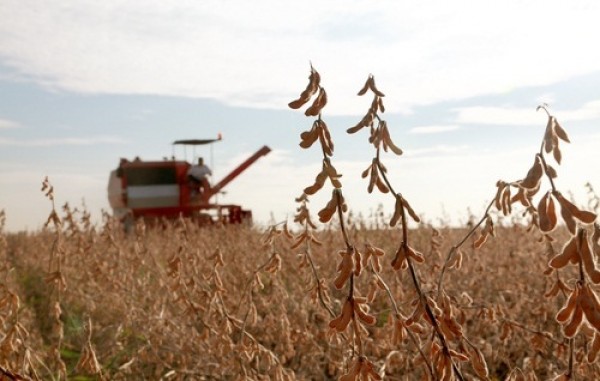You gotta love the biodiesel story, in which used french fry grease that otherwise would go into the landfill (or even worse, down the drain) is turned into environmentally friendly fuel to power our vehicles and heat our homes.
If only that’s how it typically happened. Biodiesel does burn a lot cleaner than purely petroleum-based fuel, but it’s more likely to come from soybeans than it is old cooking grease. In that sense, biodiesel isn’t a whole lot different than ethanol, which comes mainly from corn. Biodiesel has its advocates in the scientific community, but the consensus view is more along the lines of what the Union of Concerned Scientists says: “(I)t is possible that the lifecycle global warming pollution of soybean biodiesel is even higher than petroleum diesel, once indirect land use changes are considered.”

What prompts this little treatise on biodiesel? Well, the National Biodiesel Board is making a big push this week for government support. Industry leaders are in Washington, D.C., to, as they put it, “call on Congress to extend the expired biodiesel tax incentive and to urge the Obama administration to quickly finalize the EPA’s proposal to grow biodiesel volumes under the Renewable Fuel Standard (RFS) next year.”
The biodiesel tax incentive was a $1 per gallon credit that was enacted in 2004 and extended in 2008, but then expired at the end of last year. The renewable fuel standard is a law that requires refiners and importers to use mandated amounts of renewables in their blends, or face penalties. It’s the latter issue that’s more vital to the biodiesel people, since it guarantees a market for their products.
According to the Energy Information Administration (EIA), U.S. production of biodiesel in 2011 was 967 million gallons, the most since tracking started in 2001. Production came from 103 biodiesel plants that had an annual capacity of 2.1 billion gallons.
The National Biodiesel Board describes biodiesel as “made from an increasingly diverse mix of resources such as recycled cooking oil, soybean oil and animal fats,” but according to the EIA, grease of any sort is actually far down the list as a source of biodiesel. The agency reports that in 2011, soybean oil was the largest biodiesel feedstock with 4,153 million pounds consumed. The next three largest biodiesel feedstocks were canola oil (847 million pounds), white grease (533 million pounds) and yellow grease (471 million pounds).
But whether biodiesel is a good environmental option (which it certainly is if made from old cooking grease) isn’t even the focus of the industry’s D.C. push this week. It’s mainly making a jobs argument as it urges reinstatement of the buck-a-gallon assistance as well as an increase in the RFS mandate from the current 1 billion level to 1.28 billion gallons in 2013.
“Washington’s failure to act on these two issues has effectively halted the momentum our industry built last year in producing a record of nearly 1.1 billion gallons,” Anne Steckel, vice president of federal affairs at the National Biodiesel Board, said in a statement. “It is locking up millions of dollars in investments that could be creating jobs, purchasing equipment and feedstock, and driving economic growth.”

This is probably not a bad argument to make, since biodiesel is unlikely to ever change the transportation fuel picture in this country in a meaningful way. When I called Bill Jaeger, an Oregon State economist whose research has focused on biofuels, to ask him a couple of questions about the industry’s bid for subsidies, he said that he once did a quick, back-of-the-envelope calculation that veggie oils could at best meet a minuscule portion of fuel needs – something like 0.07 percent.
That’s basically nothing, I said.
“Yeah, maybe we need to incentivize people to eat more french fries,” he joked.